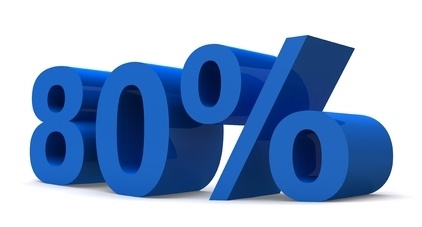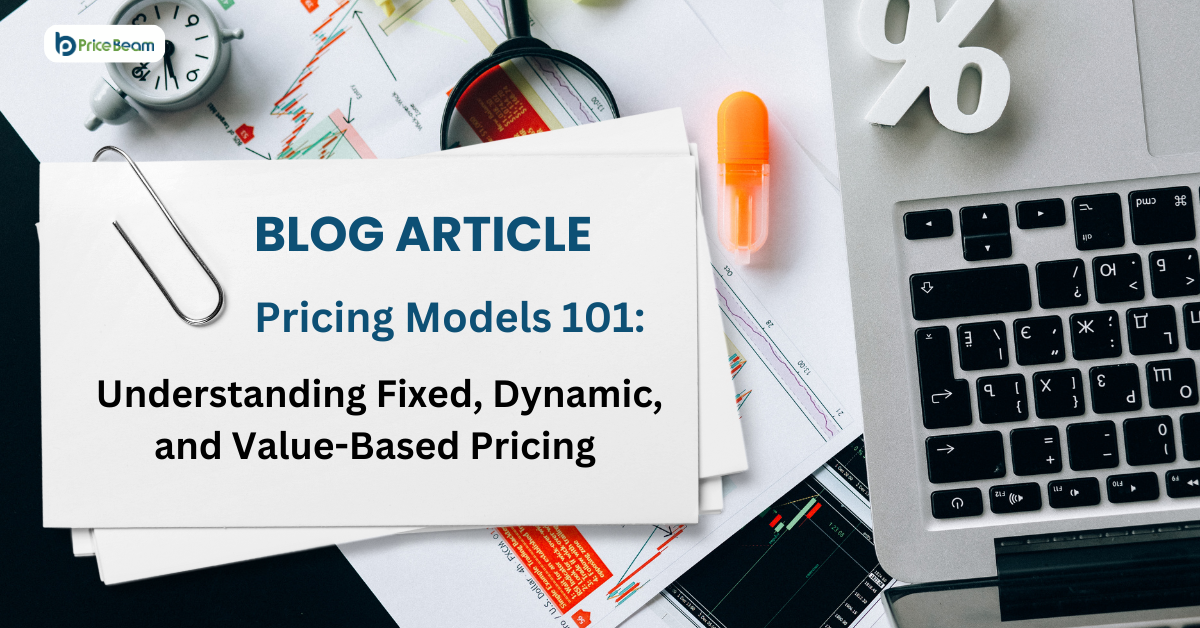Pricing under Inflation: Post-Brexit Retail Pricing in the UK
 PriceBeam
·
1 minute read
PriceBeam
·
1 minute read

Brexit's devaluation of the GBP has caused a rise in import prices for British retailers, and consequently, the level of inflation has gone from around 0% to 2% (CPI).
However, this has created a lot of relative price distortions for retailers as no one wants to go first with the price increase on certain products: they fear how consumers will react when media brings new price comparisons.
However, retailers still want to make money, and the way they do this is by increasing prices on items where consumers don't focus their attention. According to a Bloomberg article, Morrison recently lowered prices on potatoes and fish sticks, while increasing the price of ground pepper by 10%.
Consumers have a range of cognitive biases which means that under times of inflation and uncertainty, they become extra aware of price increases: a nominal price increase that may be the result of scarcity or an increase in demand will often be perceived as a real price increase; that is, the consumer notices that Tesco increases the price of milk, and will automatically assume that this reflects a general price increase at Tesco.
Therefore, in uncertain times such as post-Brexit, conventional pricing practices are no longer efficient, because the negative demand effect of a price increase will be severely amplified if done on goods where consumers notice -- typically, this is staple goods that consumers buy on a regular basis such as dairy and meat.
Instead, to remain sustainable, retailers must increase prices on goods that are purchased infrequently or that are very inelastic:

And that's what the have done. All the goods on this chart are either purchased with low frequency (icing sugar, candles) or are very inelastic such as tobacco.
The reason: this is where consumers won't react too badly to a price increase, and not perceive it as a reflection of a general rise in price level.
.png?width=400&height=100&name=PBLogoTransparent%20(1).png)



